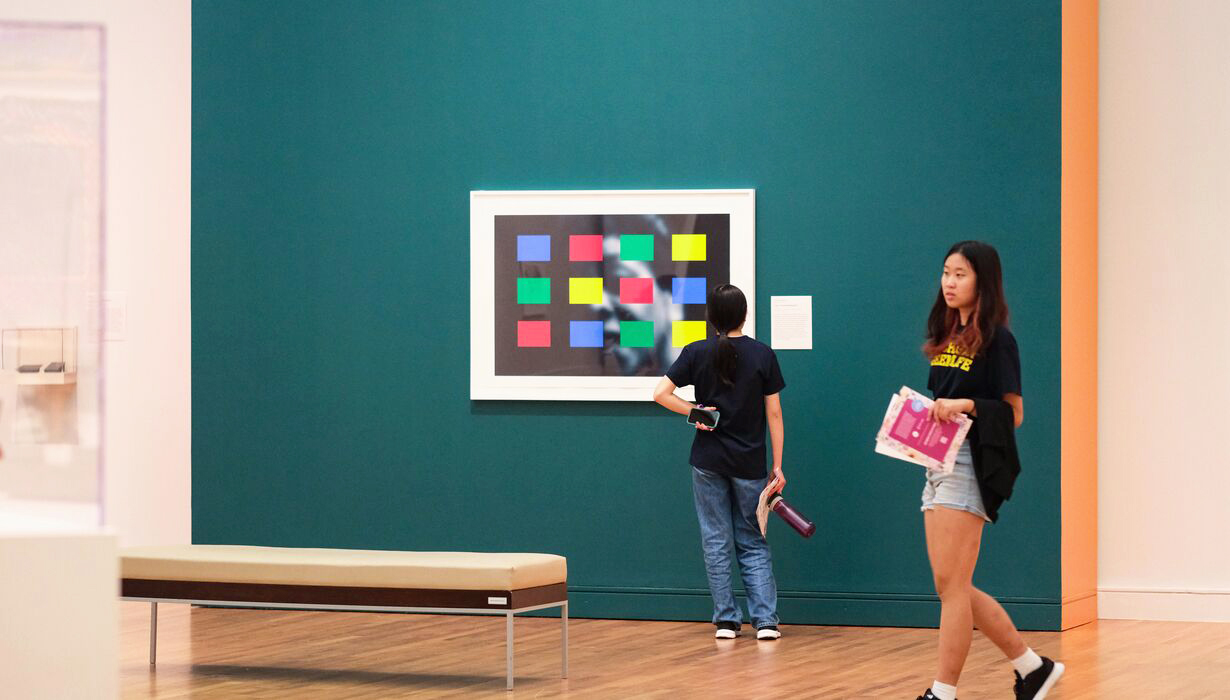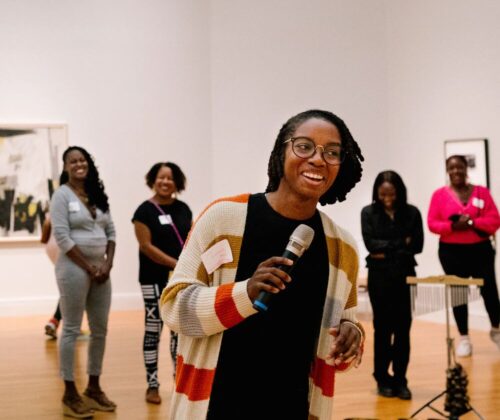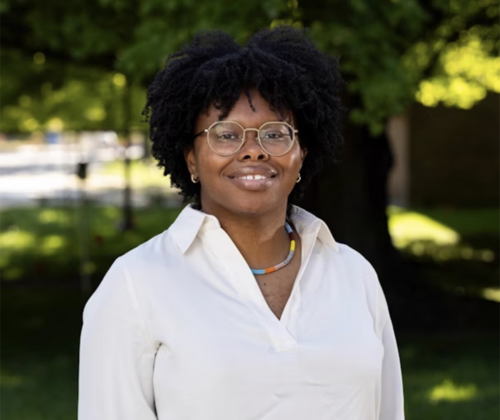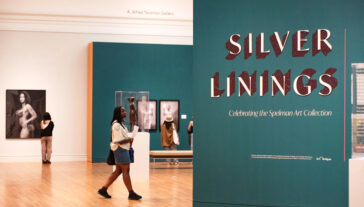Exhibition Tour — Silver Linings with julia elizabeth neal and Quinn Hunter

Join us for a look at “Silver Linings: Celebrating the Spelman Art Collection,” a landmark exhibition that celebrates a century of Spelman College’s art collection and Spelman College Museum of Fine Art’s 25th anniversary. The tour will be led by julia elizabeth neal, guest curator and professor in the U-M History of Art department, and Quinn Hunter, artist and professor in the U-M School of Art & Design.
The exhibition highlights 40 works and displays a broad range of mediums, artistic styles, materials, and historical contexts. Experience how artists on view explore the significance of color, materiality, the concept of “place,” and questions of identity, to engage the senses and history. Works by modern masters from Henry Ossawa Tanner to Elizabeth Catlett, and renowned contemporary and emerging artists from Carrie Mae Weems to Firelei Báez, are on view. Free and open to the public – Registration required.
PLEASE NOTE: UMMA is a polling location and due to Michigan State Law, campaigning and campaign attire is prohibited within 100 feet of the Museum.
More About the Speakers

julia elizabeth neal
julia elizabeth neal is a scholar of modern and contemporary African American and US art. Her research considers emergent postwar politics of identity and transnationalism to visual, conceptual, and sonic experimentation. In the winter of 2023, neal joined the department of the History of Art at the University of Michigan.

Quinn Alexandria Hunter
Quinn Alexandria Hunter is a sculpture and performance artist who works primarily with hair and the African American female body as material. She was born and raised in Charlotte, North Carolina, and did her MFA work at Ohio University. Recipient of the I. Hollis Parry/Ann Parry Billman Award (2019), Quinn has exhibited and performed nationally. She is interested in the erasure of history from spaces, and how the contemporary uses of space impacts the way we, as a culture, see the past.
